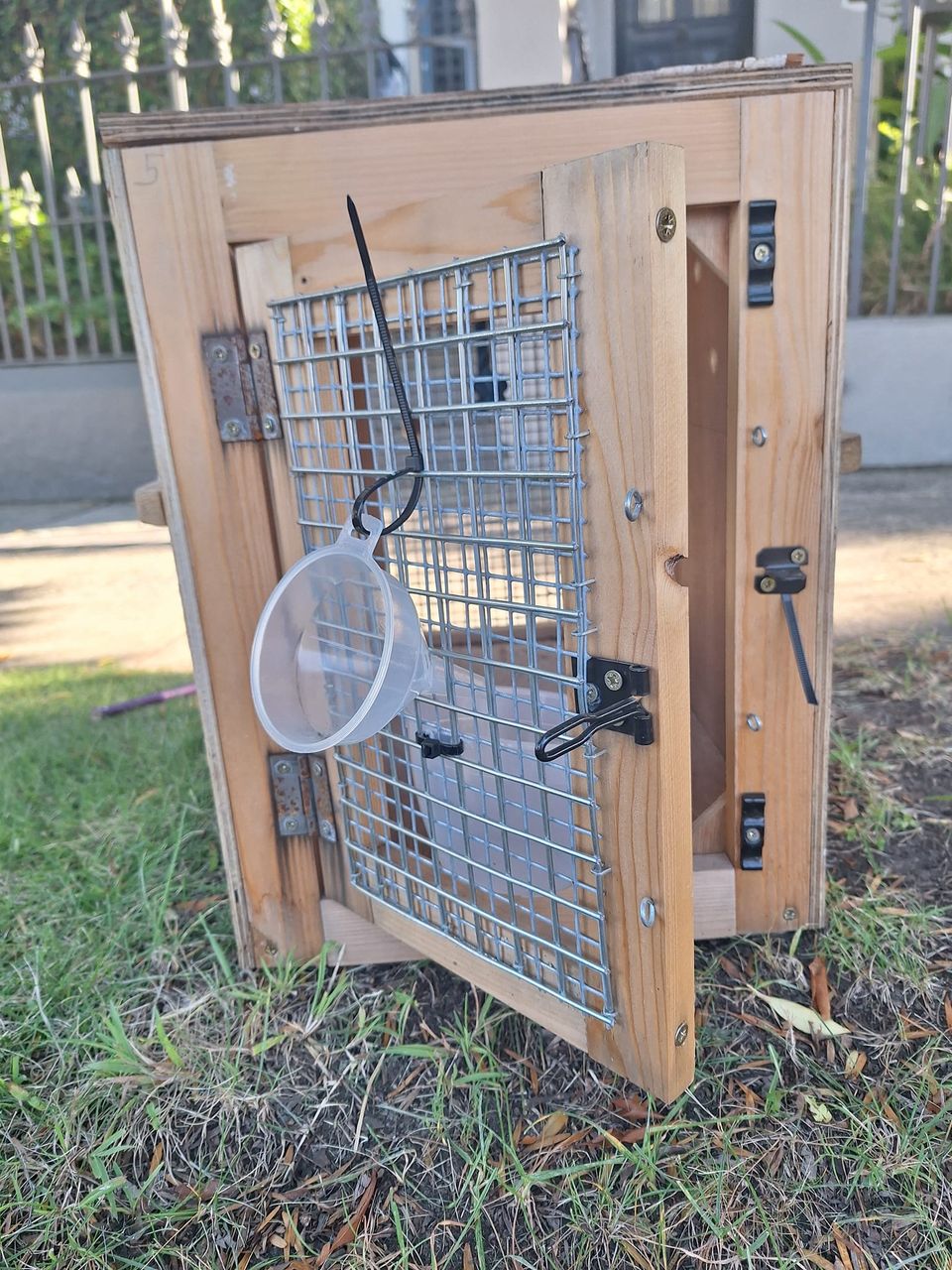 True happiness, according to Epicurus, was not found in indulgence or excess but in the state of ataraxia – the untroubled mind, the freedom to focus and think with clarity. Ed Smith (former professional English cricketer & journalist) remembers being taught this principle at 18, when a cricket coach told him what makes great players distinct is that they are capable of “the absence of irrelevant thought”.
True happiness, according to Epicurus, was not found in indulgence or excess but in the state of ataraxia – the untroubled mind, the freedom to focus and think with clarity. Ed Smith (former professional English cricketer & journalist) remembers being taught this principle at 18, when a cricket coach told him what makes great players distinct is that they are capable of “the absence of irrelevant thought”.
The smartphone is a machine for introducing it as often as possible. The business model that underpins it is that human attention must be broken, again and again. Silicon Valley has conducted a 15-year, unregulated experiment on the brains of most of the world’s children; Jonathan Haidt, author of The Coddling of the American Mind, wants to call time on it.
Haidt cites Kurt Vonnegut’s 1961 short story “Harrison Bergeron”, which envisages an American dystopia in which being excellent at anything (and therefore un-egalitarian) has been made illegal. The preferred weapon of “handicapping” exceptionally bright people is to make them wear an earpiece which buzzes roughly every 20 seconds to sabotage sustained concentration. Stopping attention is the lever by which intelligence can be flattened.
The realisation that the use of smartphones has the dark side of being the vehicle for not only pathological distraction, but also cyber bullying, has been well documented. It has been shown that confiscation of these phones when arriving at school and then returning them after school has had a positive effect. However, if you just ask the students to turn their phones off, but allow them to keep them whilst in school, then nothing much changes.

The importance of there being no exceptions means that the school must have a protocol for emergencies which much be continually reinforced. As for contacting parents via phone, the haven for manipulative bullies’ whining, then there is no reason why “little Johnny” cannot be filtered through a designated cohort of teachers.
As one source has said, “the stages of panic, grief and ultimately some level of acceptance” are the student reactions to such a ban.
Yet the dependence on a well-balanced teaching staff is paramount for successful implementation..
I have two anecdotes which exemplify the problem of teacher dysfunctionality.
The first was when I was in junior school, either ten or eleven years old. Our teacher, who was very emotionally labile, sent the whole class of about 25 boys to the Principal to be caned. I remember us boys, all clustered in front of the Principal’s study in a dark corridor. The Principal came out, took one look and sent us all back to the classroom. He then asked the teacher, who by now was a blubbering mess, to come to his study. The Principal was a very calm, authoritative man; he always showed understanding. The teacher left the school soon after.
The other time was when one of my sons, aged seven, was refused permission to go to the toilet on more than one occasion. My then wife and I confronted the teacher, whose truculence disappeared under some very tough talking, but still did not admit any fault. The then Principal, unlike my junior school Principal preferred to look away. That was the only time we ever intervened in our children’s progress through school. We did not have confront the teacher again despite the weak Principal.
Later when I ran a community health program, I remember the rationale given for having a school nurse. One could monitor the pupils seeking school nurse support. If, in the extreme example, large numbers from one class presented at the sick bay, it is an indication that such a class may be dysfunctional; on the other hand, if no children came to the sick bay, then was that undue denial by the teacher to seek the school nurse care, rather than believing it was a very healthy class?
One may question raising these extremes in teacher behaviour, but banning smartphones requires an acceptance across the community, despite differing attitudes and behaviour of school staff – until it becomes the community norm. In turn, this requires a very narrow “behavioural corridor” on how this ban is administered.
Otherwise, as I try to write, I can hear that intermittent Vonnegut-generated buzzing in my ear, but I refuse to be distracted. So should all children be afflicted by this seductive but essentially dystopian device in school. You know talking face-to-face is a way of confronting life and forcing the bullies out in the open.
I was bullied on my first day at school by a child who later became a respected member of the clergy. My father who came across this interchange, made an on-the-spot decision. He had me taught to box – never had to use that skill. Knowledge was enough. But what if I had grown up in this era?
Albanese – 2015
We’re used to seeing a few slip-ups and gotchas in Question Time, but yesterday Anthony Albanese shocked us with a particularly poor choice of words.
The Labor MP has copped some criticism over apparently urging one of his colleagues to “smash her!”, when rising to grill health minister Sussan Ley.
As member for Ballarat Catherine King rises to question the coalition MP, Albanese can be heard to casually call out the aggressive phrase from the front bench, with laughter from colleagues following. The choice of words is at odds with the opposition’s current focus on addressing domestic violence.
Hot Copper may have reported this 2015 incident, but I have seen the video, which now seems to have disappeared from the Web. It is very unappetising spectacle of a snarling Albanese.

From my simple point of view, this man who has publicly advocated a violent act against a woman is totally unacceptable to be Prime Minister of this country; neither he, nor those who laughed along with his unappetising snarler should be allowed to remain in Parliament by their electorates.
Thus, I do not buy the argument why single Albanese out when other Parliamentarians have an appalling record in this area as well. I agree one cannot ignore that. However, Albanese is the Prime Minister, and he is constantly saying that men should be respectful towards women. He has demonstrated in the incident quoted above to be anything but that. A Prime Minister should be called to a higher standard.
It is a challenge for the Labor women to have as their leader a man who advocated violence against Sussan Ley. I’ve been around long enough to hold the view that an outburst is unlikely to be a single episode, and was there any apology?
The Tragedy of Sydney
After consideration of all the material, I declared that it was a terrorist incident – NSW Commissioner of Police Karen Webb.
I penned this just after these two incidents and then put it away to see what happened after the acute reaction had subsided, and whether I would change much. The answer: not much. Shortened it and modified the invective.
I have witnessed the emergency responses to the horror which dogs every community when faced with the lone mad person, invariably male, who goes on a rampage killing multiple people senselessly. In the case of the Bondi incident, he may have been a paranoid schizophrenic completely delusional, but he was killing people willy-nilly, until a senior policewoman in shirt sleeves shot him dead.
However, what struck me was these men resembling at a distance Michelin Men in black with very large guns rolling across the ground apparently after the fact. As the camera zoomed in, these guys were wearing black balaclavas, as if they were about to rob the Centre; and since they appeared to be made to look anonymous, I wonder how you distinguish them from terrorists or just well-organised thieves? Just a question of seeking information.
Then, on top of that, a 16 year old teenager stabbed an Assyrian Church priest. Subdued by the congregation, the teenager lost a finger in the melee. Belatedly, police turned up implying that they were there to sort out the situation when it was mostly over. All that needed to be done was to quieten the crowd which had gathered and ensure the safety of the injured assailant. Instead, it was reported that the police used tear gas.
The violence on that Monday night was as disgusting as it was perplexing, given the police were there to help Bishop Emmanuel and to investigate his stabbing.
The reason for this deployment was the responsibility of the accidental Commissioner, the former traffic cop, Webb. She declared this stabbing an act of terrorism whatever the logic, an over-reaction ensured. Even the Premier seemed initially to admit her order was an over-reaction. The teenager was known to police and had convictions, Once the teenager was found out to be Muslim, then the story of this teenager being a part of a terrorist cell grew and in turn justified Webb’s order.
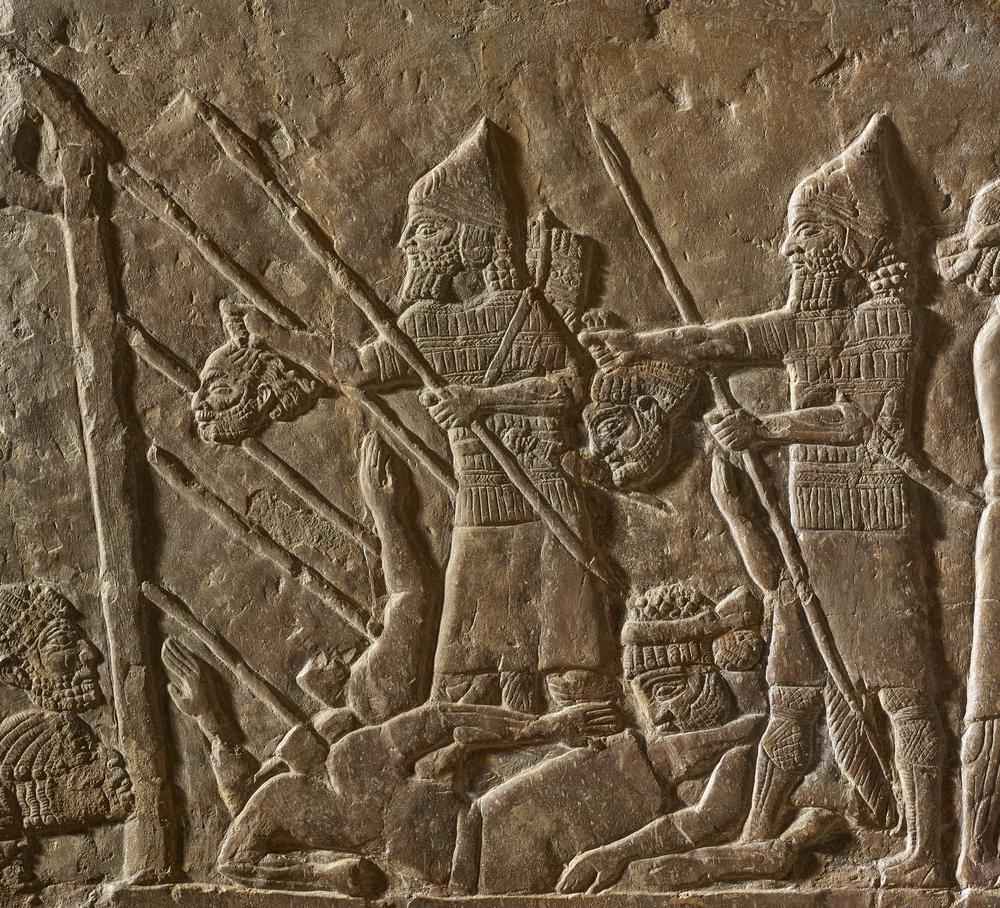
The Assyrian community, irrespective of which Assyrian church they followed, had gathered and suddenly the government had sent the police to presumably arrest the “terrorists”. The reaction of the community was not one of submission but one of fury.
What happens when people in uniform arrive, for no apparent reason, to confront the crowd; unless there is demonstrable leadership it is not long before a crowd becomes a mob. In this case, there were injuries to people. People were taken to hospital including two police. The mob jumped all over the police cars, rendering half of them unusable. Why were there so many police cars (the actual number seems to vary); what was the reason, given it was supposed to be one lone teenager terrorist attack?
It seems some of the police were not dressed as black Michelin Men but still with their Perspex face shields and weaponry presented an ominous sight. Yet they appeared to be overwhelmed by the mob despite their use of tear gas, if the reports were true.
Over the following month, they hunted down the protesters displaying to the media that it takes at least five heavily armed officers to arrest one of these rioters.
I was faced with a potentially nasty situation in 1960. The annual end-of-term engineer-commerce students’ marbles match – an excuse for a sort of Eton wall game that was held on the Commerce lawns outside the University Union.
The Commerce lawns in a wet May were, to say the least, very soggy. The ground was once a lake and soon degenerated into a muddy confrontation. It was tolerated as a way for students to let off steam (remembering the University was then a predominantly male institution). The police kept away. However, on this occasion, some idiot smashed the fire alarm, and before long with bells ringing two fire engines arrived, bowling into the students spilling onto the roadway. This minor show of aggression turned ugly when one of the students tipped a bucket of mud through the window of the one of the fire trucks.
Then the confrontation threatened to escalate as these burly firemen got out the vehicle, some looking as if they were spoiling for a fight. I remember very well three of the student leaders, one of whom was myself, wading into the crowd to try and calm the situation down. I remember that the firemen were persuaded to climb back into their vehicles, and they left without having to call in the police.
Yes, we then had to go down and face a choleric fire chief, who dismissed our apologies. We all left, were interviewed by the media on the footpath outside and it was front page news the next day. Then we all went on first term holidays and the furore died down. I don’t think these university students were considered terrorists. I was helped by my two fellow students in calming down the situation – one became a Supreme Court Judge and the other a Federal Court judge. That episode taught me a great deal. By the way, the University administration did not intervene; they left us to sort it out.
Thus, the local Federal Member for Fowler, Dai Le, seemed initially the most sensible in seeking to calm down the situation. The local community has followed this course advocating reconciliation and peace. Yet the media persisted with the allegation that this was a terrorist attack.
The Assyrian priest forgave his attacker, the epitome of Christian behaviour.
Reading between the lines, the response of Burgess, the spy chief, seems to be ambiguous about this incident being a terrorist threat, but once someone in authority “cries wolf”, especially when she had been under serious criticism on other matters related to her lack of leadership, it probably does not help to directly criticise another senior public servant.
Invoking an incident as an act of terrorism can stigmatise a community and sow unnecessary anxiety and alienation from the instruments of government – the police being one example.
The Premier talks not about conciliation, unless it is his meaningless term “people of faith” but says he will confront the community with “the full force of the Law”. Well, if 50 police cars and the anti-riot squad are not the “full force of the Law”, what is? To my mind, it is the lone policewoman, who brought to an end the ghastly events in Bondi Westfield by confronting and shooting the murderer. That is the full force of the law, not all the other macho trimmings that seem to obsess governments. The policewoman exhibited two qualities – courage and an ability to assess the situation correctly; little information but with impeccable induction-deduction that led her to come to the right conclusion quickly.
Terrorists presumably are not banshees. The terrorist groups must be known. In this instance, where was intelligence from ASIO, whose mouthpiece tells us they know everything, and should have a clear idea of the potential danger of what we may name ‘Teenage Terrorist Group”.
Otherwise, what value are Australia’s security services providing? Australia pays a high price for its security services. For me, we do not pay this money for scaremongering or “cloak and dagger” farce, but for a service which provides reassurance to the community without complacency. The question arises of why these terrorists are allowed to roam freely in the community, once identified? I can conjure up reasons, related the cost of incarceration. Yet Australia has had successive governments prepared to spend astronomical amounts of money on dodgy contractors to guard people who come here in boats and are then imprisoned. Are they all terrorists? How do these people contaminate Australia?

In 1979, when I was staying in Broome, there was a recently-beached Vietnamese lugger in the mangroves in front of the motel where I was staying. The Fraser government welcomed the Vietnamese refugees, and by doing so enriched our Australian community. Would Dutton have done the same, but of course he was only nine years old at the time?
I have tried not to make too many value judgements but ask questions. The paradox is of media alive with misinformation and not challenging what appears to me to be gaps in the logic of government, the gaps being filled with cliches, often repeated in this opaque shroud of not knowing what to do, but afraid to let the community in on that secret! Secrecy appears to be a cover for our leaders for inaction and hoping the whole matter will go away – or worse result in a cover up?
Boondoggle Stadium Hobart
During the late 1920s and early 1930s, Boy Scouts at summer camps participated in the latest scouting craze in which boys braided and knotted colourful strands of plastic and leather to fashion lanyards, neckerchief slides and bracelets. Eagle Scout Robert Link of Rochester, New York, coined the term for this new handicraft, “boondoggling”. Chris Klein 2018
Arguably, the AFL should be first in line to fund the construction of an AFL stadium, rather than kicking in less than 2% of the proposed $800 million total. However, it can also be argued that the project will bring thousands of jobs, urban renewal, a massive tourism boost, a visible pathway for young athletes, and lots of footy for the fans.
Unfortunately, this isn’t a sitcom. Australia is facing a housing affordability crisis, and a cost of living crisis, both of which are compounded by rising inflation. As such, many Tasmanians aren’t over the moon about the announcement, and they’ve voiced their disapproval about the project publicly. Chris Sheedy June 2023
You can guarantee the sun will rise in the East. Unbackable odds.
Equally, once the Labor Opposition elected a bloke to replace a sheila as its Leader, it was London to a brick that the Tasmanian government would agree to build a new stadium at some exorbitant cost – any current estimate is just a number which will be exceeded. No worries you blokes, see on the plans, the luxury lounge where we can watch the games in comfort, popping the corks and tasting the best of Tasmanian fare. Better than any Chairman’s Lounge.
In 2023 Albanese, in stumping up $240m of taxpayer money, tried to sweeten the sandwich by saying that the project would “include social housing and commercial and recreational spaces, but there was no extra information on how many houses would be built, or how a business centre would fit on the site and in the budget.
Crown land at Regatta Point will be developed through a private-public partnership, including affordable housing, housing for essential health workers so close to the hospital facilities here.” It is a wonder he did not promise a multi-purpose religious centre as well.
I would never say that the AFL is trying to blackmail Tasmania, nor that a “business centre” mentioned by Albanese be a casino. After all, all this extravagance must be underwritten by some source of revenue (aka gambling), unless they can induce one of the oil states or some hedge fund Croesus to sponsor the team.
After all, the intention is to play seven games a year in Hobart and four in Launceston. There is a time-honoured Tasmanian government bankrupting strategy, that if Hobart has one, Launceston must have one also. Seven games a year! What was the cost again for such a projected use? The cost the length of a piece of string is at the mercy of the builders and the construction unions.

The team, rather than being called the Tasmanian Devils, would be better called the Tasmanian Boondoggles, when the team enters the League in 2028, then for a decade to be the chopping block for all the other teams, while the country burns under the burden of climate change. And by the way, just check the projected sea levels at the construction site.
Mouse Whisper
Along a certain English road, there was a sign which read “Cat’s Eyes Removed”. An official sign apparently. The informal sign down the road read “Mice Very Happy”.
The Boss roared with laughter. What was funny about blinding cats even if they have benefited by English cousins? And why would they publicly announce such terrible things? But then, it is the same nation that made fun of three blind mice.
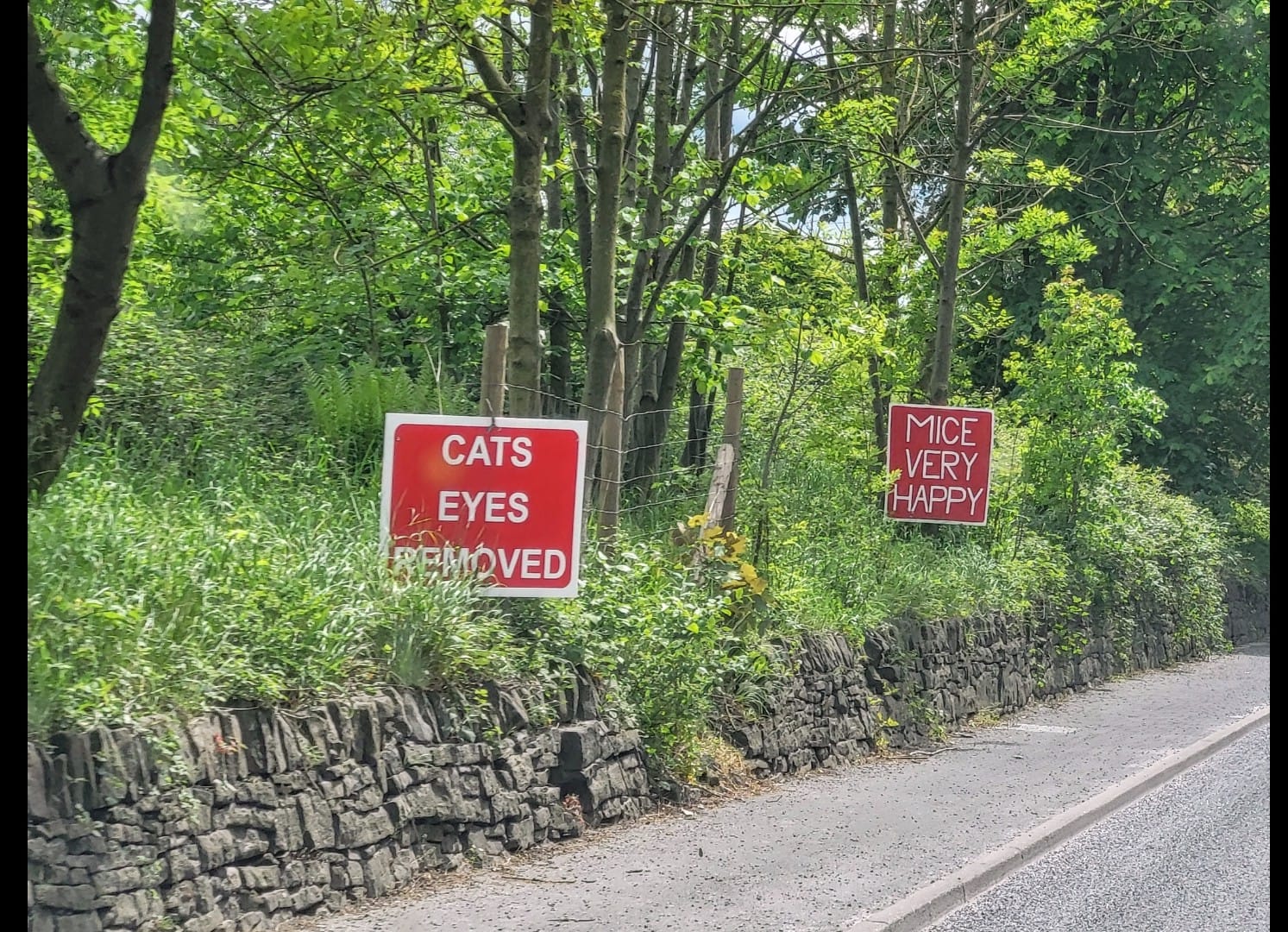


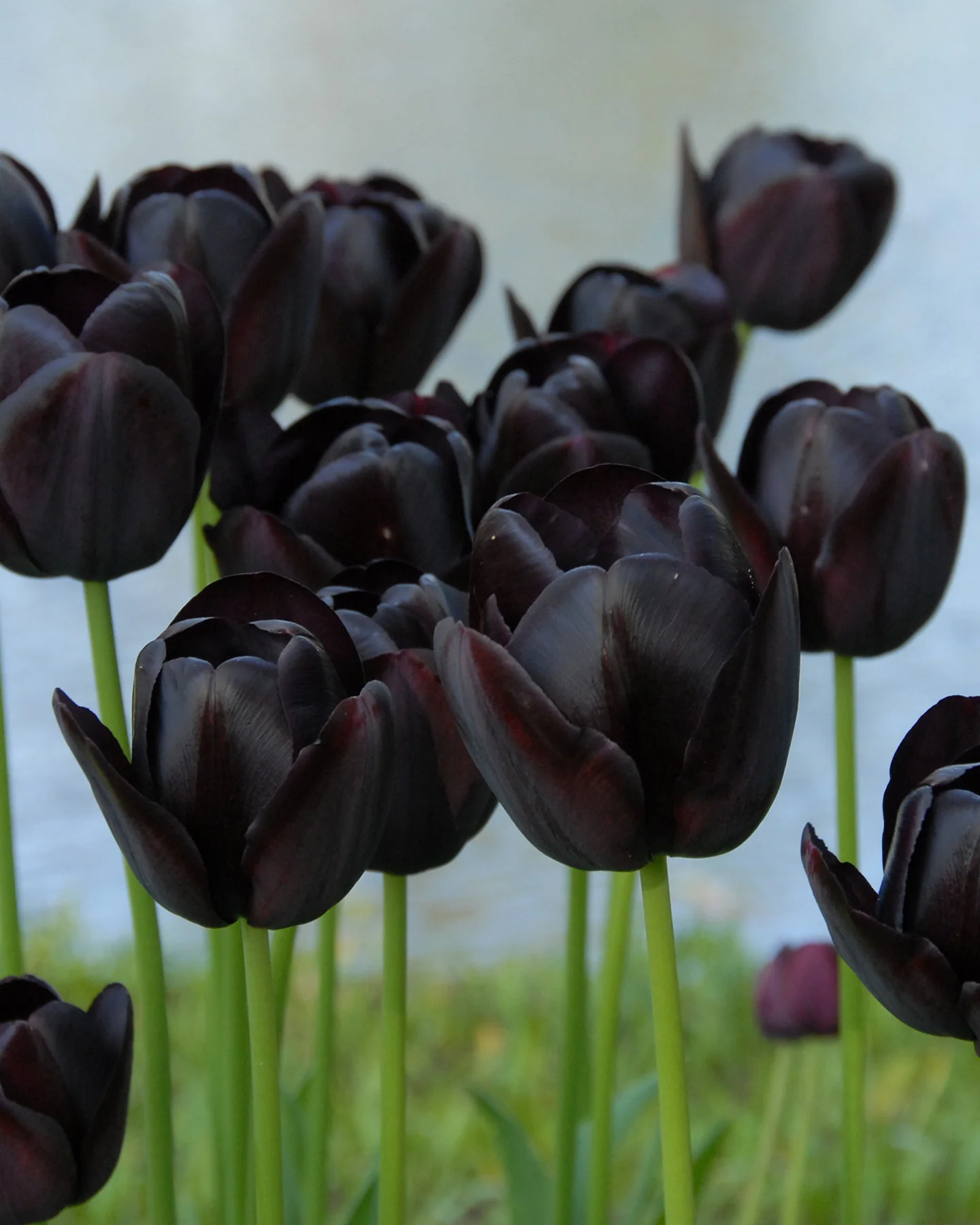



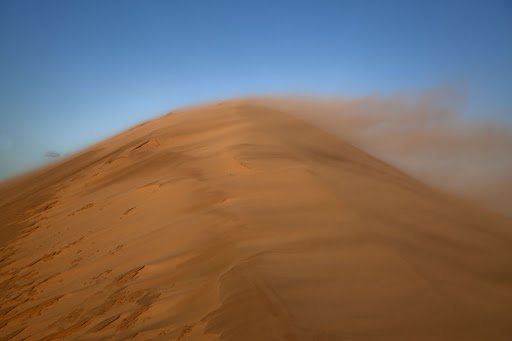
 In the block of flats where we lived when in Melbourne, we were always concerned that the garbage bins were regularly emptied, and that remnant food was not left on the ground.
In the block of flats where we lived when in Melbourne, we were always concerned that the garbage bins were regularly emptied, and that remnant food was not left on the ground.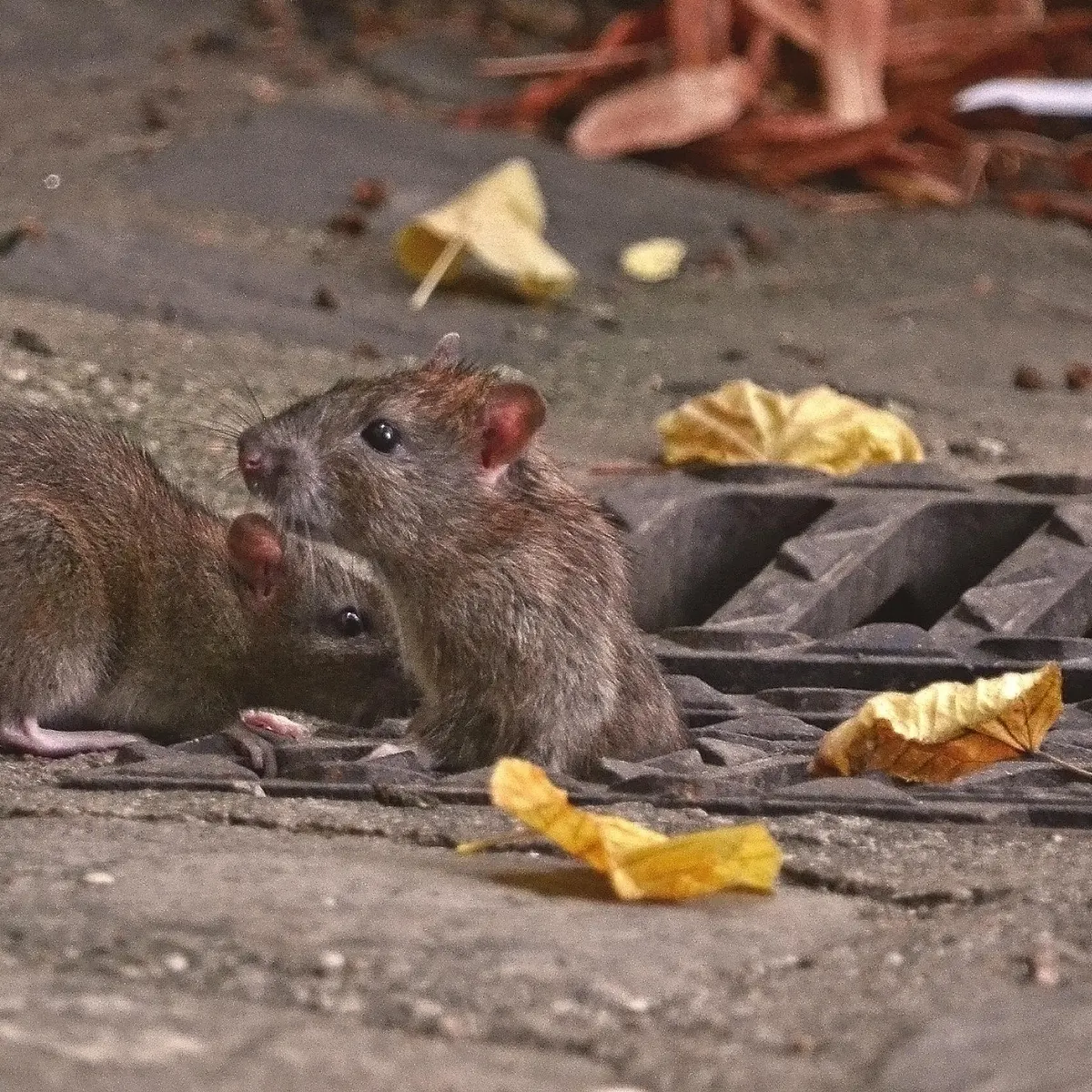 If rat numbers are manageable, then I suspect more people (like me) will find the occasional rat appearance amusing, and not terrifying. Maybe. That would be ideal, because they aren’t going anywhere.
If rat numbers are manageable, then I suspect more people (like me) will find the occasional rat appearance amusing, and not terrifying. Maybe. That would be ideal, because they aren’t going anywhere.

 For myself, who was involved in various aspects of Australia’s response to the Vietnam War, it is chilling to see this rerun of the late 1960s on American university campuses. How long will it be before America ends in a Kent State University revival with four students been shot dead by a National Guard, with some image of it being portrayed on social media? You don’t need social media to see the image of the young woman crying over the lifeless body. No memorial for the Unknown Protestor.
For myself, who was involved in various aspects of Australia’s response to the Vietnam War, it is chilling to see this rerun of the late 1960s on American university campuses. How long will it be before America ends in a Kent State University revival with four students been shot dead by a National Guard, with some image of it being portrayed on social media? You don’t need social media to see the image of the young woman crying over the lifeless body. No memorial for the Unknown Protestor.



 Florida Governor Ron DeSantis makes a fencepost look like Mensa material. I’m indebted to The Economist for pointing out how much of a dunce this man is. Apparently, a couple of television crime episodes centred around the supposed fact that one could absorb fentanyl through the skin. Expert opinion said that this was rubbish, no evidence. But the rumours were such that DeSantis made it a felony punishable by incarceration to cause “absorption through the skin of fentanyl leading to “an overdose or serious bodily injury”. As The Economist reports “The law creates a felony assault for something that is scientifically impossible and has never happened”.
Florida Governor Ron DeSantis makes a fencepost look like Mensa material. I’m indebted to The Economist for pointing out how much of a dunce this man is. Apparently, a couple of television crime episodes centred around the supposed fact that one could absorb fentanyl through the skin. Expert opinion said that this was rubbish, no evidence. But the rumours were such that DeSantis made it a felony punishable by incarceration to cause “absorption through the skin of fentanyl leading to “an overdose or serious bodily injury”. As The Economist reports “The law creates a felony assault for something that is scientifically impossible and has never happened”.
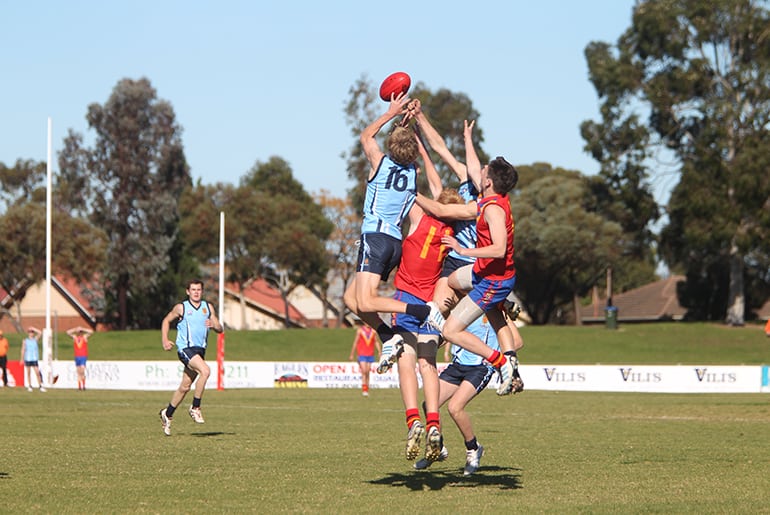 At the same time, coaches have developed the skills of spoiling, so that a footballer going to mark the ball has a flurry of arms, fists, elbows to negotiate – literally a tree of man. Inevitably the head becomes an unintentional target, when you are vulnerable with arms extended, and someone attempting to fist the ball away, instead strikes the vulnerable head. The game being so fast is impossible to umpire the myriad infringements. Four umpires are meant to modify the violent aspects. They seem incapable, because of the speed of the game. Free kicks become arbitrary, rather than limit the inherent violence of the game, especially when a tangle of players occurs.
At the same time, coaches have developed the skills of spoiling, so that a footballer going to mark the ball has a flurry of arms, fists, elbows to negotiate – literally a tree of man. Inevitably the head becomes an unintentional target, when you are vulnerable with arms extended, and someone attempting to fist the ball away, instead strikes the vulnerable head. The game being so fast is impossible to umpire the myriad infringements. Four umpires are meant to modify the violent aspects. They seem incapable, because of the speed of the game. Free kicks become arbitrary, rather than limit the inherent violence of the game, especially when a tangle of players occurs.
 Ever since Malthus theorised that growth of population was exponential while the food supply to feed the population was linear, consequent fear of worldwide famine has yet to occur. Malthus was proved wrong, but his concept may yield to a different mathematic equation.
Ever since Malthus theorised that growth of population was exponential while the food supply to feed the population was linear, consequent fear of worldwide famine has yet to occur. Malthus was proved wrong, but his concept may yield to a different mathematic equation.
 Discussing nutrition, there was this “whack job” who called herself a nutritionist, advocating the consumption of carrots to engender a tan. Having seen someone who consumed a bizarre number of carrots in order to get a tan and who found themselves turning orange with the colour concentrated in the skin creases, I find myself bemused. If one wants to look like Donald Trump with his full peau d’orange look – pitted discoloured orange coloured skin – go ahead. If you do, it will be just another form of navel gazing.
Discussing nutrition, there was this “whack job” who called herself a nutritionist, advocating the consumption of carrots to engender a tan. Having seen someone who consumed a bizarre number of carrots in order to get a tan and who found themselves turning orange with the colour concentrated in the skin creases, I find myself bemused. If one wants to look like Donald Trump with his full peau d’orange look – pitted discoloured orange coloured skin – go ahead. If you do, it will be just another form of navel gazing.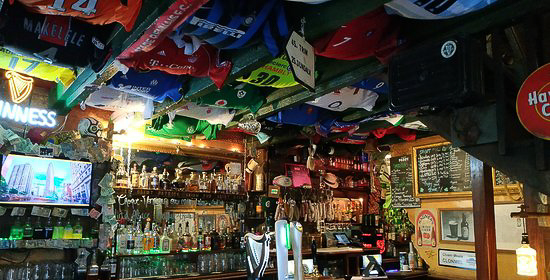
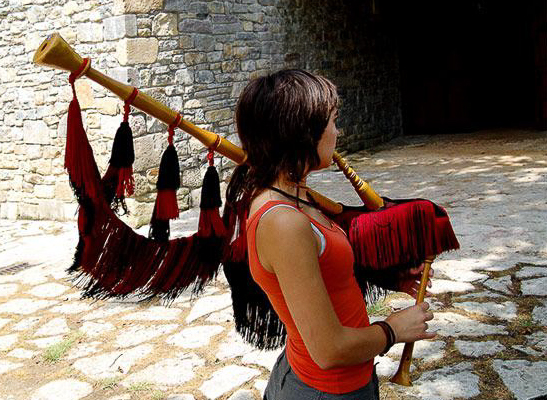
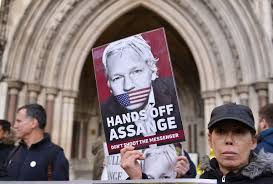 Blinken probably assessed that in Australia Assange did not much excite the community, despite the Shoebridge speech in the Senate. The perception that Assange was arrogant, a “smart-arse” who thought he could outmanoeuvre the forces of vengeance was the initial view and did not generate much sympathy especially as he seemed to wallow in the notoriety. His judgement was appalling, instead of coming back to Australia, he preferred to play on the international stage. If he had come back to Australia in 2010, Australian nationalism and resentment of American bullying would have kicked in. But he didn’t. Hubris has its problems with such an uncompromising flint as Blinken.
Blinken probably assessed that in Australia Assange did not much excite the community, despite the Shoebridge speech in the Senate. The perception that Assange was arrogant, a “smart-arse” who thought he could outmanoeuvre the forces of vengeance was the initial view and did not generate much sympathy especially as he seemed to wallow in the notoriety. His judgement was appalling, instead of coming back to Australia, he preferred to play on the international stage. If he had come back to Australia in 2010, Australian nationalism and resentment of American bullying would have kicked in. But he didn’t. Hubris has its problems with such an uncompromising flint as Blinken.
 I am indebted to the Washington Post for the above photo. To many of those who experienced it, the eclipse was a spiritual event. In the Indiana town of Bloomington, at 4 minutes past three on the afternoon of April 8 the eclipse lasted for four minutes. Buddhist monks marked it with a puja ceremony, a “ritual honouring and promoting inner and planetary healing,” according to the Tibetan Mongolian Buddhist Cultural Center (sic).
I am indebted to the Washington Post for the above photo. To many of those who experienced it, the eclipse was a spiritual event. In the Indiana town of Bloomington, at 4 minutes past three on the afternoon of April 8 the eclipse lasted for four minutes. Buddhist monks marked it with a puja ceremony, a “ritual honouring and promoting inner and planetary healing,” according to the Tibetan Mongolian Buddhist Cultural Center (sic).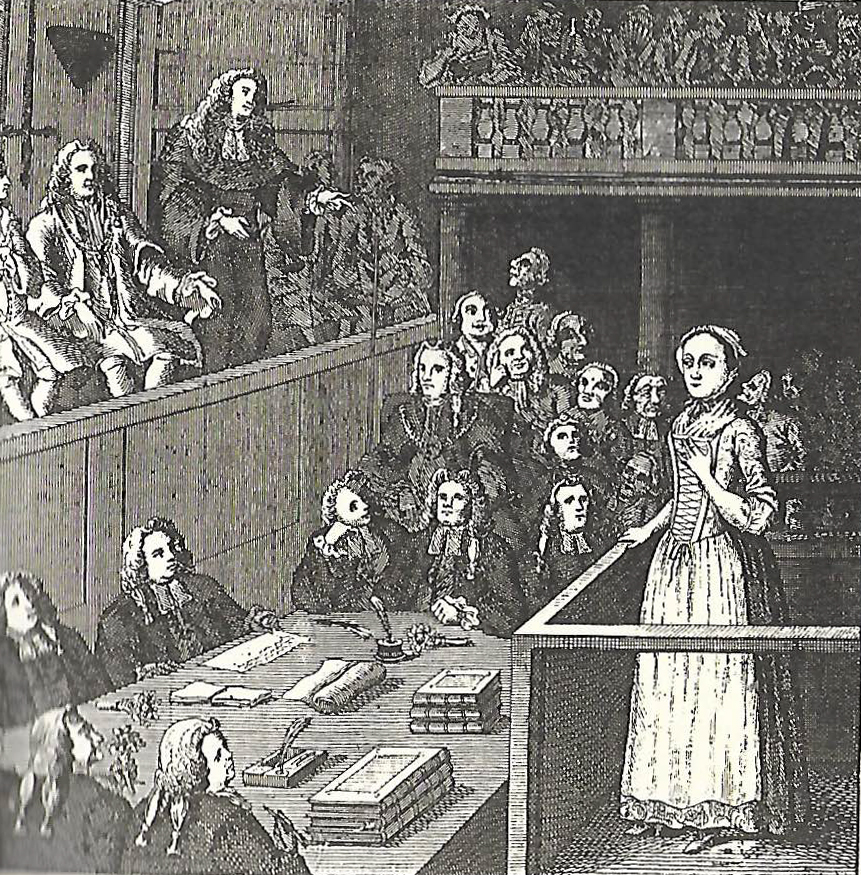

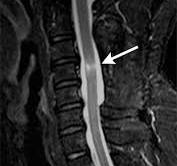


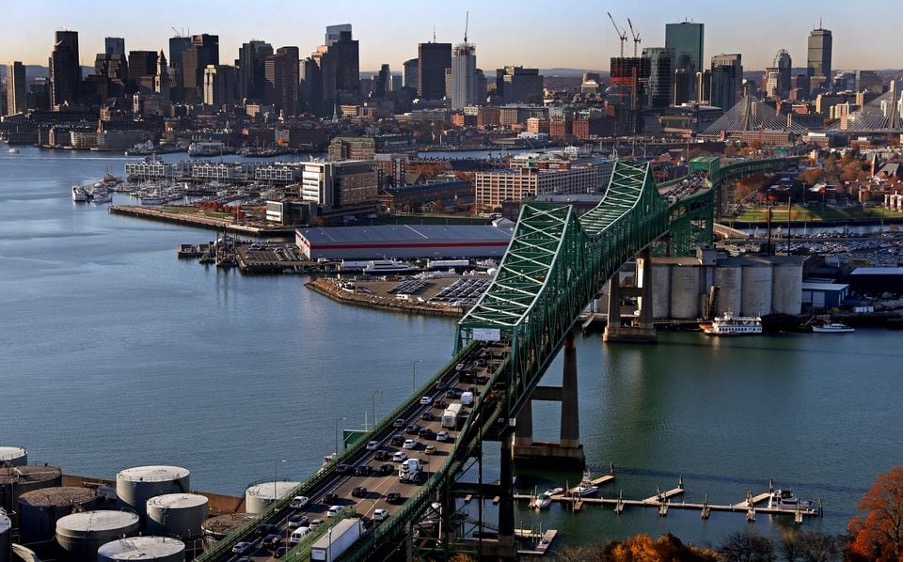 I am from Baltimore, born and bred. Grew up at the inner harbor, Patapsco River…oh yeah Hon, ain’t the beer cold and let’s get some Natty Bohs and jumbos! I now live in Southern California. I was in the desert two days ago and a young woman, who happens to be a car salesperson (I was shopping for cars) got to talking to me about the bridge collapse. Lawd have mercy…may I repeat, she’s a car salesperson…she starts in with how the Bay Pilot did it on purpose. Steered directly for the main support pillars and took out the FSK Bridge. I said, but the freighter lost power and is more or less the size of Nimitz Aircraft Carrier going eight knots and you think he can just turn it on a dime…? Her eyes glazed over…Social media has done far more harm than good is all I’m saying. You should watch this guy on YouTube. He debunks conspiracy theories-this one pertaining to FSK Bridge. – A person responding in Boston Globe.
I am from Baltimore, born and bred. Grew up at the inner harbor, Patapsco River…oh yeah Hon, ain’t the beer cold and let’s get some Natty Bohs and jumbos! I now live in Southern California. I was in the desert two days ago and a young woman, who happens to be a car salesperson (I was shopping for cars) got to talking to me about the bridge collapse. Lawd have mercy…may I repeat, she’s a car salesperson…she starts in with how the Bay Pilot did it on purpose. Steered directly for the main support pillars and took out the FSK Bridge. I said, but the freighter lost power and is more or less the size of Nimitz Aircraft Carrier going eight knots and you think he can just turn it on a dime…? Her eyes glazed over…Social media has done far more harm than good is all I’m saying. You should watch this guy on YouTube. He debunks conspiracy theories-this one pertaining to FSK Bridge. – A person responding in Boston Globe.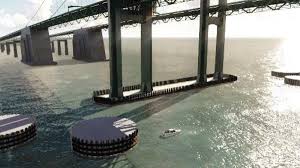
 I must confess I had one small episode. I looked at my watch, and I could not connect with it telling the time. I do not know how long this episode lasted, but it was so strange, and I did not realise what it was until it cleared. It was a very strange sensation – not fog – just non-recognition of what I started out to do, read the time.
I must confess I had one small episode. I looked at my watch, and I could not connect with it telling the time. I do not know how long this episode lasted, but it was so strange, and I did not realise what it was until it cleared. It was a very strange sensation – not fog – just non-recognition of what I started out to do, read the time.
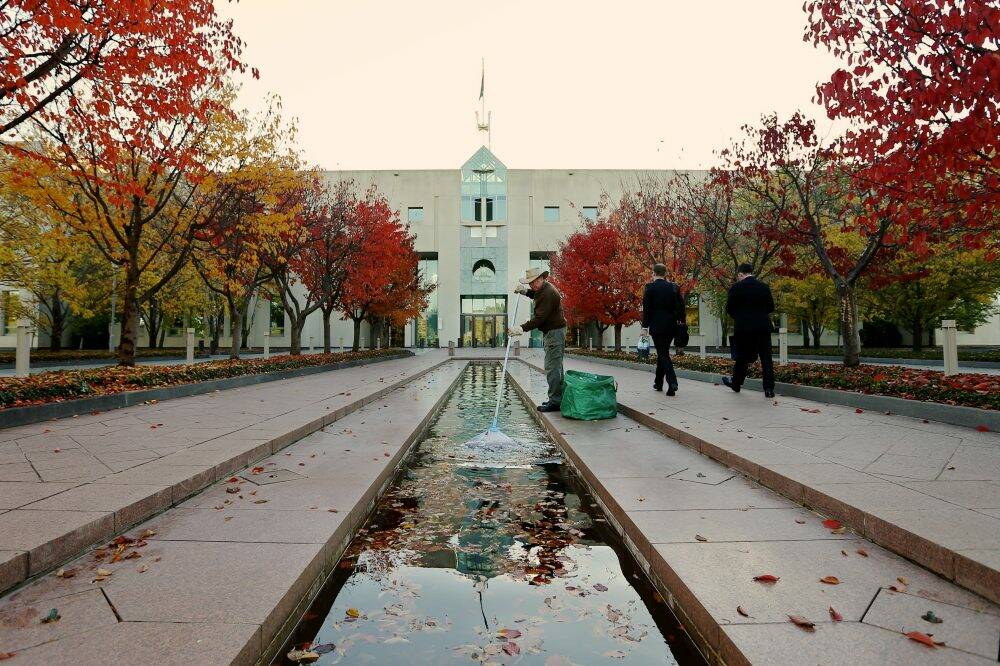
 This is a constituency that can afford large petrol or diesel powered vehicles, enjoy hunting and fishing, can afford to take the family on holidays inter alia to Queensland, and in the main live in a male world, in the traditional heterosexual society which does not write the opinion pieces of tomorrow’s sublimation in the media ether.
This is a constituency that can afford large petrol or diesel powered vehicles, enjoy hunting and fishing, can afford to take the family on holidays inter alia to Queensland, and in the main live in a male world, in the traditional heterosexual society which does not write the opinion pieces of tomorrow’s sublimation in the media ether. Just a reminder of what I wrote on the eve of Remembrance Day last year. I think the Australian Government should be ashamed, especially those former Prime Ministers who signed that disgraceful grovelling letter – in flowing serif, of course.
Just a reminder of what I wrote on the eve of Remembrance Day last year. I think the Australian Government should be ashamed, especially those former Prime Ministers who signed that disgraceful grovelling letter – in flowing serif, of course.

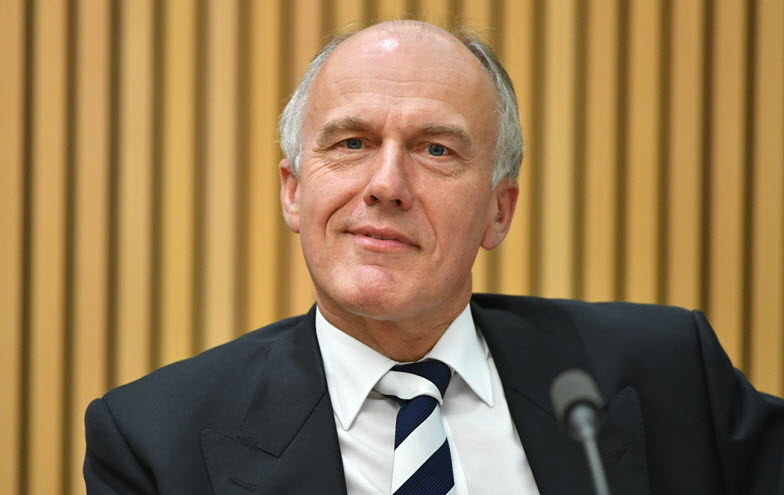 But then Eric is from “aways”, like we are. All Tasmanian invaders. Eric was more exotic, born in Stuttgart. His German lineage is what may be conservatively described as “right wing”. For example, quoting Wikipedia, Eric’s great uncle, Otto Abetz, was a Nazi SS officer, German ambassador to Vichy France, and a convicted war criminal. Eric’s grandfather was Karl Abetz, a professor of forestry science, who joined the Nazi Party in 1933 and became general consultant to the Reich Forestry Office in 1942.
But then Eric is from “aways”, like we are. All Tasmanian invaders. Eric was more exotic, born in Stuttgart. His German lineage is what may be conservatively described as “right wing”. For example, quoting Wikipedia, Eric’s great uncle, Otto Abetz, was a Nazi SS officer, German ambassador to Vichy France, and a convicted war criminal. Eric’s grandfather was Karl Abetz, a professor of forestry science, who joined the Nazi Party in 1933 and became general consultant to the Reich Forestry Office in 1942.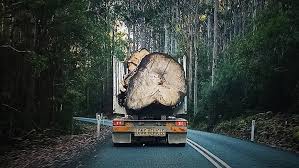 Tasmania has been lampooned as the place where if there was a tree, cut it down, especially native tree; if it was a river, dam it, and if it was a native animal, kill it. I remember when the sawmillers and the Hydroelectric Commission (HEC) ruled the State. Then there was the Mount Lyell mine, which turned Queenstown into a moonscape and the minerals used in the extraction of the copper and silver polluted the King River and Macquarie Harbour to such an extent that it was estimated that would take 200 years to clear up the pollution.
Tasmania has been lampooned as the place where if there was a tree, cut it down, especially native tree; if it was a river, dam it, and if it was a native animal, kill it. I remember when the sawmillers and the Hydroelectric Commission (HEC) ruled the State. Then there was the Mount Lyell mine, which turned Queenstown into a moonscape and the minerals used in the extraction of the copper and silver polluted the King River and Macquarie Harbour to such an extent that it was estimated that would take 200 years to clear up the pollution.
 An air crash by a Qantas or Virgin flight where all are killed fortunately may be very unlikely – but is the government doing anything about confronting and minimising the rising risks, the result of compromising safety for assuring shareholder and Master Joyce’s profit?
An air crash by a Qantas or Virgin flight where all are killed fortunately may be very unlikely – but is the government doing anything about confronting and minimising the rising risks, the result of compromising safety for assuring shareholder and Master Joyce’s profit?


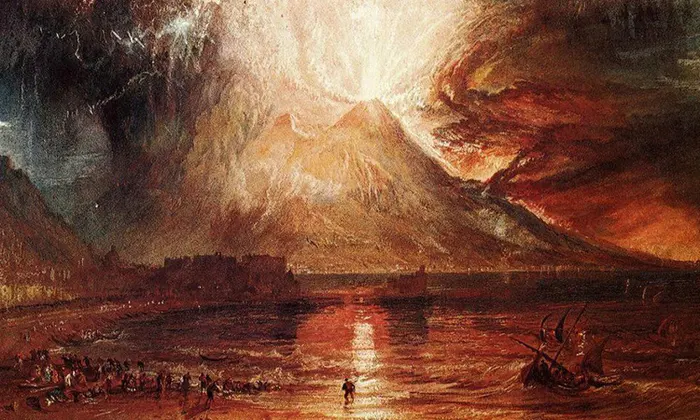
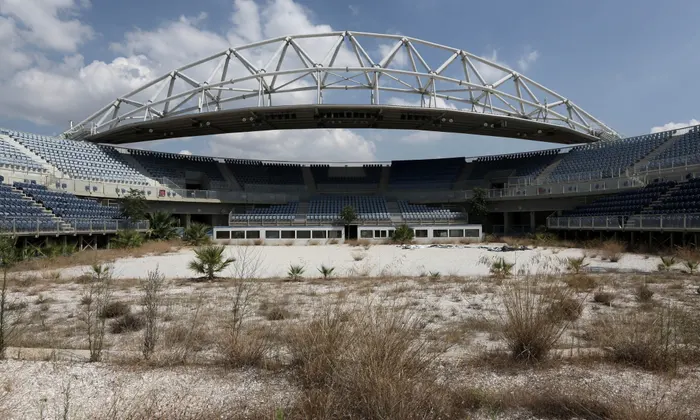
 The local press is celebrating Brisbane for being chosen in 2032 with Coates, the driving force. In the cold light of tomorrow, Australia may realise how it has been hoodwinked by Coates, there was no other city interested apart from his adopted hometown. Nobody else wants it. It is too expensive for dubious gains.
The local press is celebrating Brisbane for being chosen in 2032 with Coates, the driving force. In the cold light of tomorrow, Australia may realise how it has been hoodwinked by Coates, there was no other city interested apart from his adopted hometown. Nobody else wants it. It is too expensive for dubious gains.
 Although “The Star-Spangled Banner” and its verses were immediately famous, Key’s overt racism prevented it from becoming the national anthem while he was alive.
Although “The Star-Spangled Banner” and its verses were immediately famous, Key’s overt racism prevented it from becoming the national anthem while he was alive.


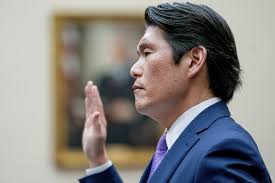
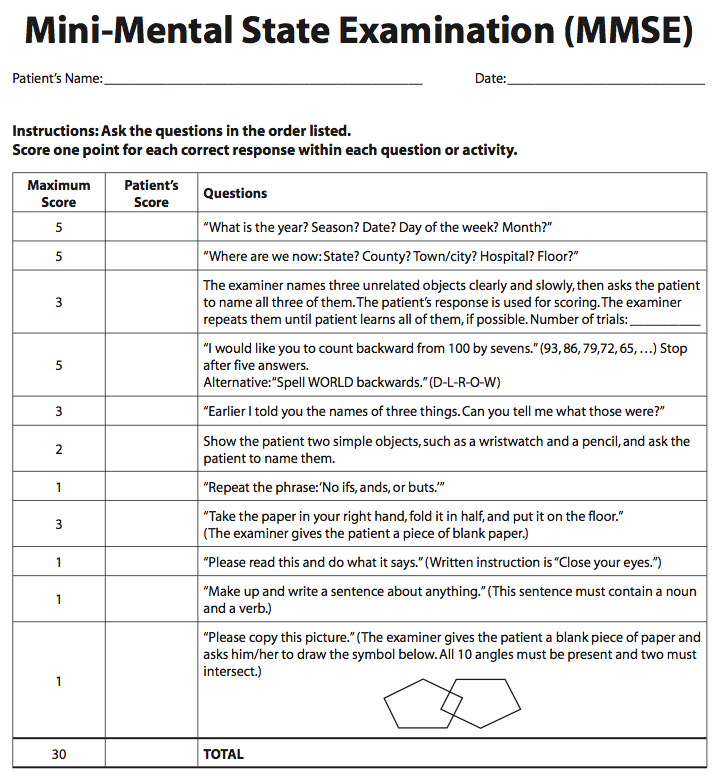 Take note, America, of your Presidential aspirants. But of course, from those sycophantic scheming advisers surrounding each of them, you won’t hear any disclosures. You’ll keep the fiction of these guys being totally compos mentis. Each party, now with access to artificial intelligence, presages a “pile-on” by each party. Objectivity will be lost. The Mini-Mental State Examination (MMSE) takes fifteen minutes. It should be administered as the first question in the first Presidential debate.
Take note, America, of your Presidential aspirants. But of course, from those sycophantic scheming advisers surrounding each of them, you won’t hear any disclosures. You’ll keep the fiction of these guys being totally compos mentis. Each party, now with access to artificial intelligence, presages a “pile-on” by each party. Objectivity will be lost. The Mini-Mental State Examination (MMSE) takes fifteen minutes. It should be administered as the first question in the first Presidential debate.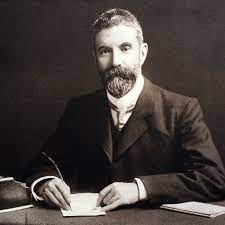
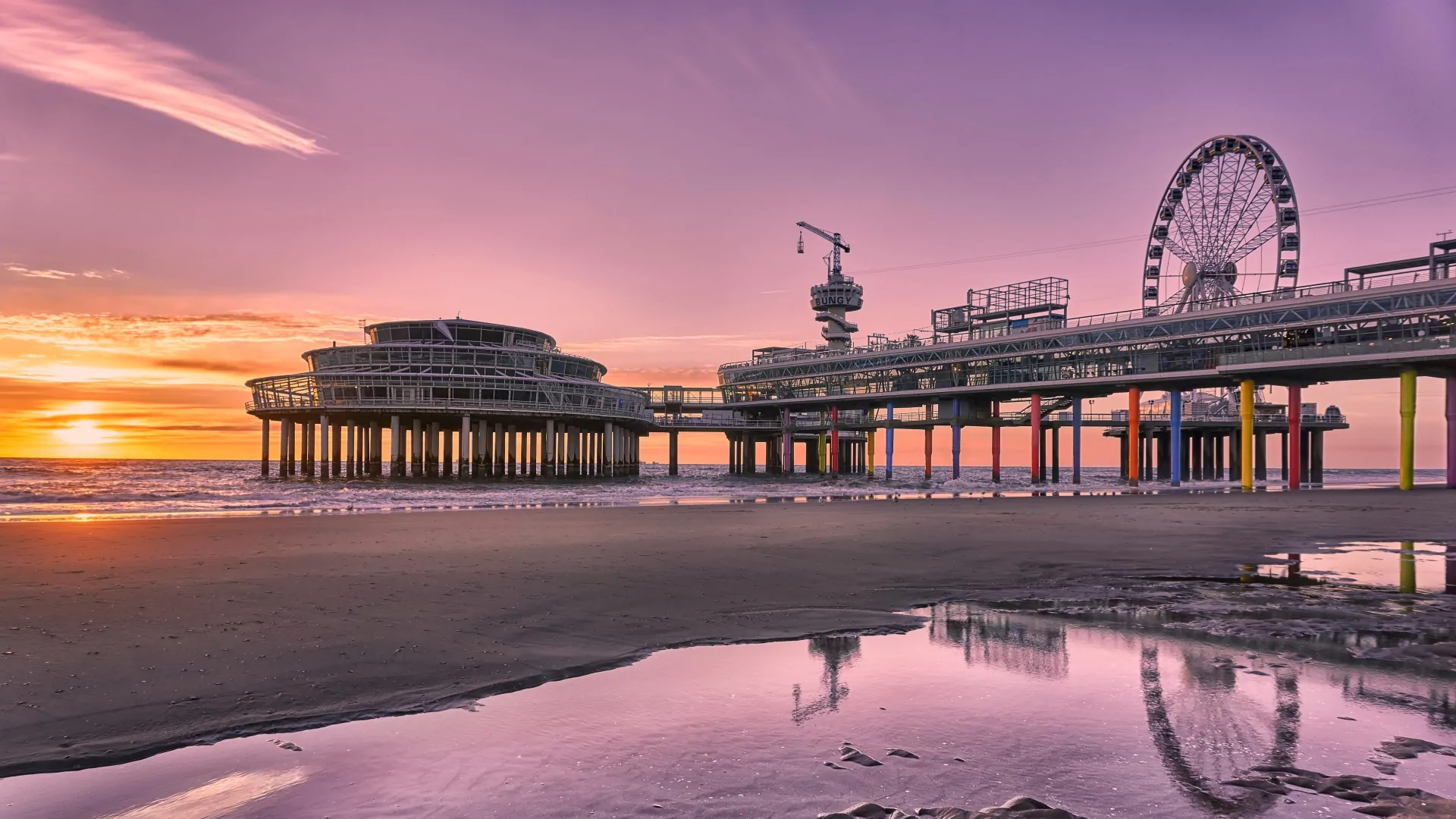
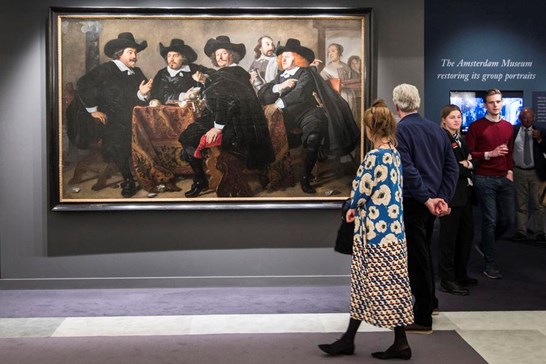
 Bella Hadid, a supermodel, is behind Kin Euphorics, a brand which offers consumers the chance to “achieve an elevated state of health, mood or well-being”. Joe Rogan, the alpha-male host of the world’s most popular podcast, endorses “Alpha Brain”, which, he says, “seems to fire up” that organ.
Bella Hadid, a supermodel, is behind Kin Euphorics, a brand which offers consumers the chance to “achieve an elevated state of health, mood or well-being”. Joe Rogan, the alpha-male host of the world’s most popular podcast, endorses “Alpha Brain”, which, he says, “seems to fire up” that organ.
 I grew up in a soup-loving family. One of my dad’s favourite stories to tell is that once when he was a kid, his family went to a restaurant famous for its split pea soup. When the server came around to ask if anyone wanted dessert, my dad ordered another bowl of split pea soup.
I grew up in a soup-loving family. One of my dad’s favourite stories to tell is that once when he was a kid, his family went to a restaurant famous for its split pea soup. When the server came around to ask if anyone wanted dessert, my dad ordered another bowl of split pea soup. 
 The influencers used to be called con artists, grifters, snake oil salesmen, charlatans, flimflam men, mountebanks. The modern so-called influencer is more often a young woman – hence just to call out influencers as men is a bit of a misnomer.
The influencers used to be called con artists, grifters, snake oil salesmen, charlatans, flimflam men, mountebanks. The modern so-called influencer is more often a young woman – hence just to call out influencers as men is a bit of a misnomer. By the way, you anti-vaxxers, do you also want to see children paralysed by poliomyelitis? I have lived through an epidemic. Boys died at my school in the last epidemic when I was about ten, when there was no vaccine. Most of you would not remember that probably you as a child were given Sabin vaccine, before you could make your malignant judgement to clamour for all vaccines to be banned. But what of your children, you influencers?
By the way, you anti-vaxxers, do you also want to see children paralysed by poliomyelitis? I have lived through an epidemic. Boys died at my school in the last epidemic when I was about ten, when there was no vaccine. Most of you would not remember that probably you as a child were given Sabin vaccine, before you could make your malignant judgement to clamour for all vaccines to be banned. But what of your children, you influencers? Almost as a footnote to the above is the announcement that the University of Sydney is abandoning mathematics as a prerequisite for a number of courses at the University. The change will mean degrees including commerce, science, medicine, psychology, veterinary science and economics will no longer require students to have undertaken advanced maths in year 12.
Almost as a footnote to the above is the announcement that the University of Sydney is abandoning mathematics as a prerequisite for a number of courses at the University. The change will mean degrees including commerce, science, medicine, psychology, veterinary science and economics will no longer require students to have undertaken advanced maths in year 12.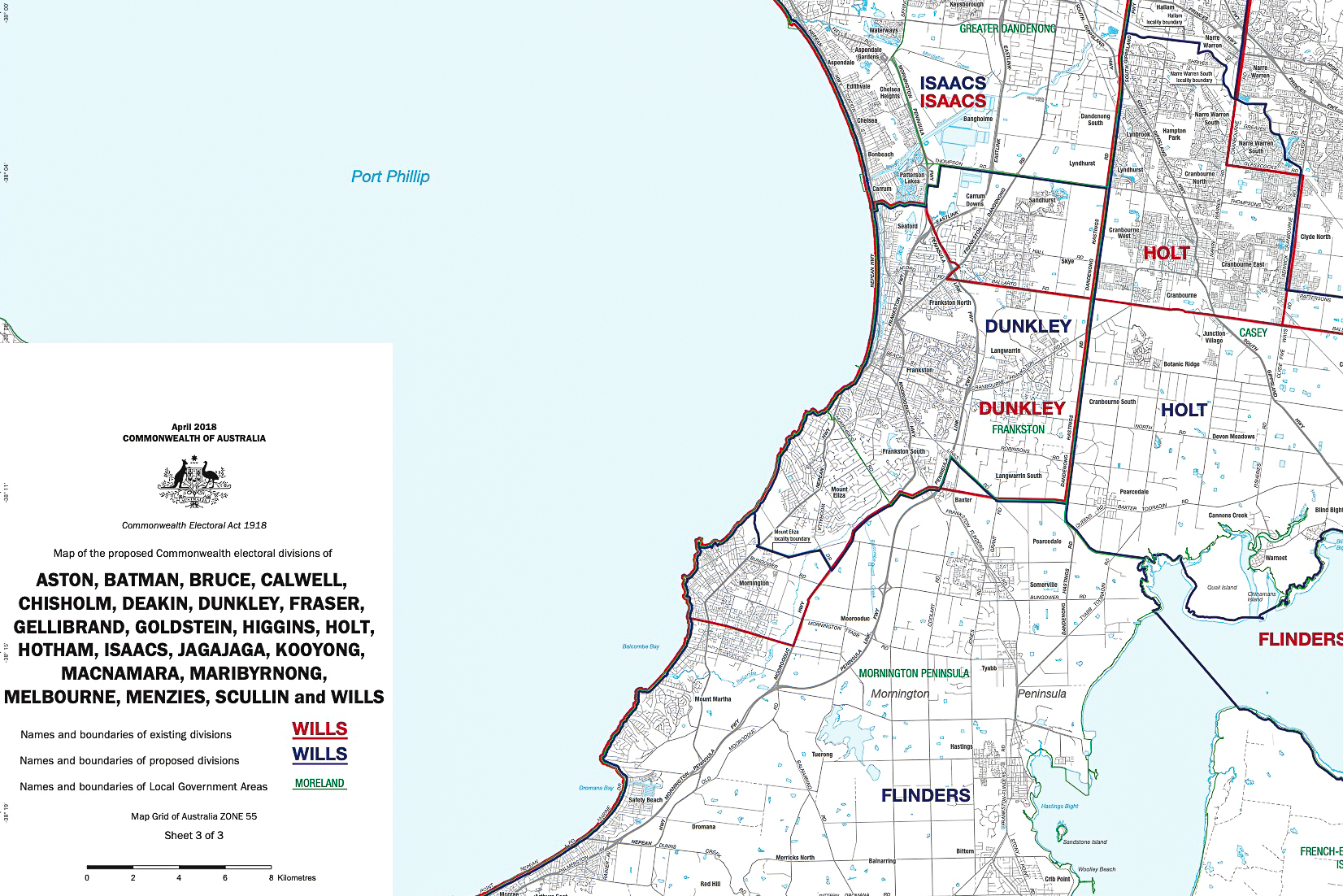
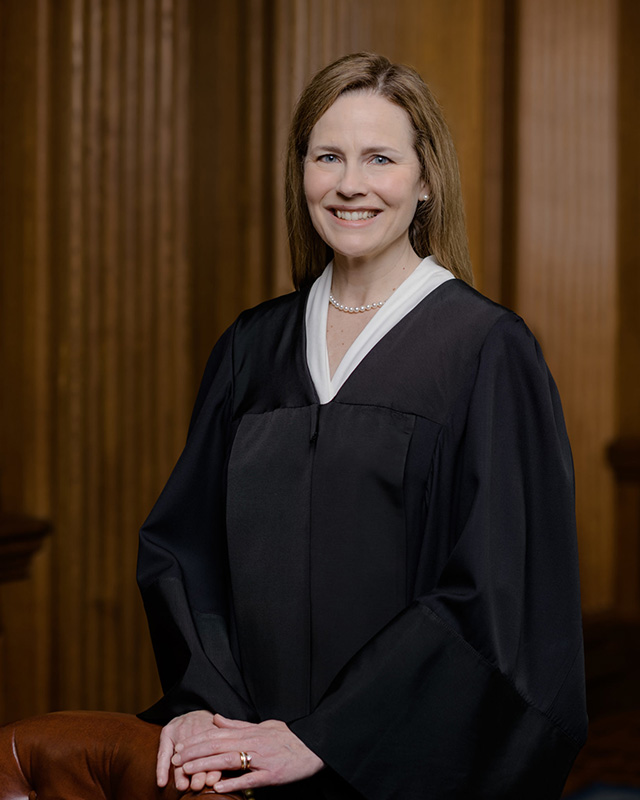
 The warehouse stores need a lot of space, therefore there may not be one close to where you live. This may even mean paying tolls to get there, some Costco stores charge for parking and then there are the crowds – fighting them for parking, for getting a trolley, for space along unmarked aisles, getting onto the lift with your trolley, and the queueing! Overall, it is a lack of access and convenience.
The warehouse stores need a lot of space, therefore there may not be one close to where you live. This may even mean paying tolls to get there, some Costco stores charge for parking and then there are the crowds – fighting them for parking, for getting a trolley, for space along unmarked aisles, getting onto the lift with your trolley, and the queueing! Overall, it is a lack of access and convenience. There is no better breakfast delight than to have lamb’s fry with bacon and onions or grilled kidneys on toast. It used to be a regular on the menu of country pubs, and even down at my favourite watering hole in Balmain.
There is no better breakfast delight than to have lamb’s fry with bacon and onions or grilled kidneys on toast. It used to be a regular on the menu of country pubs, and even down at my favourite watering hole in Balmain.
